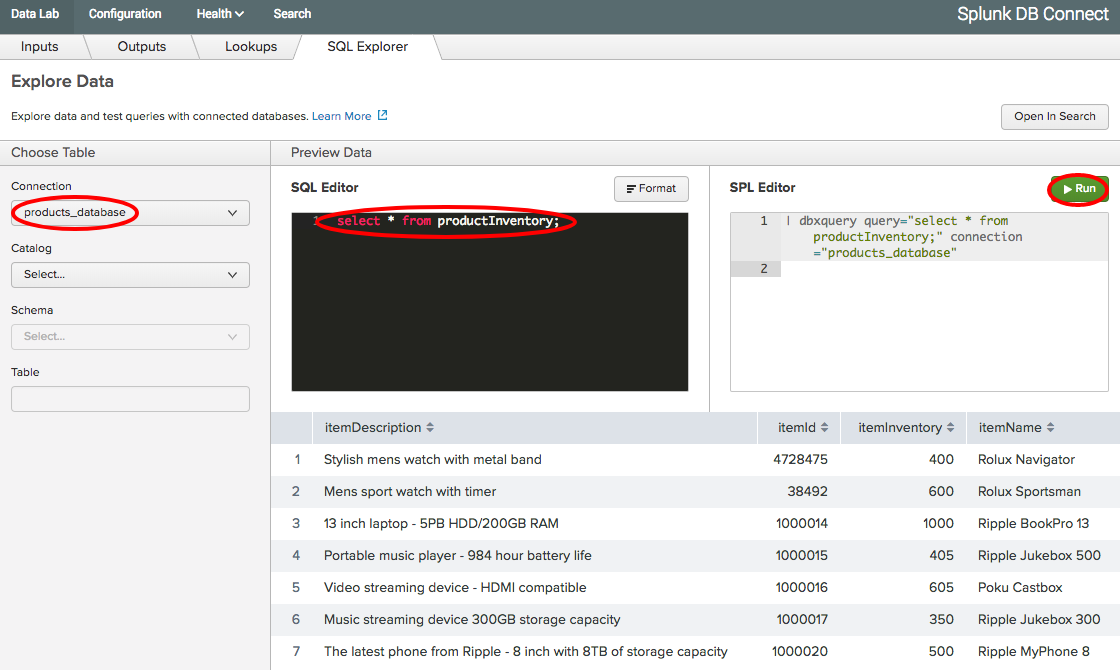Splunk DB Connect is a popular application developed by Splunk that allows you to easily get data into Splunk from many common databases. In this recipe, you will install DB Connect and configure it to connect to an external database's product inventory table. This product inventory table will be used in Chapter 7, Enriching Data – Lookups and Workflows.
-
Book Overview & Buying

-
Table Of Contents

Splunk Operational Intelligence Cookbook - Third Edition
By :

Splunk Operational Intelligence Cookbook
By:
Overview of this book
 Free Chapter
Free Chapter










